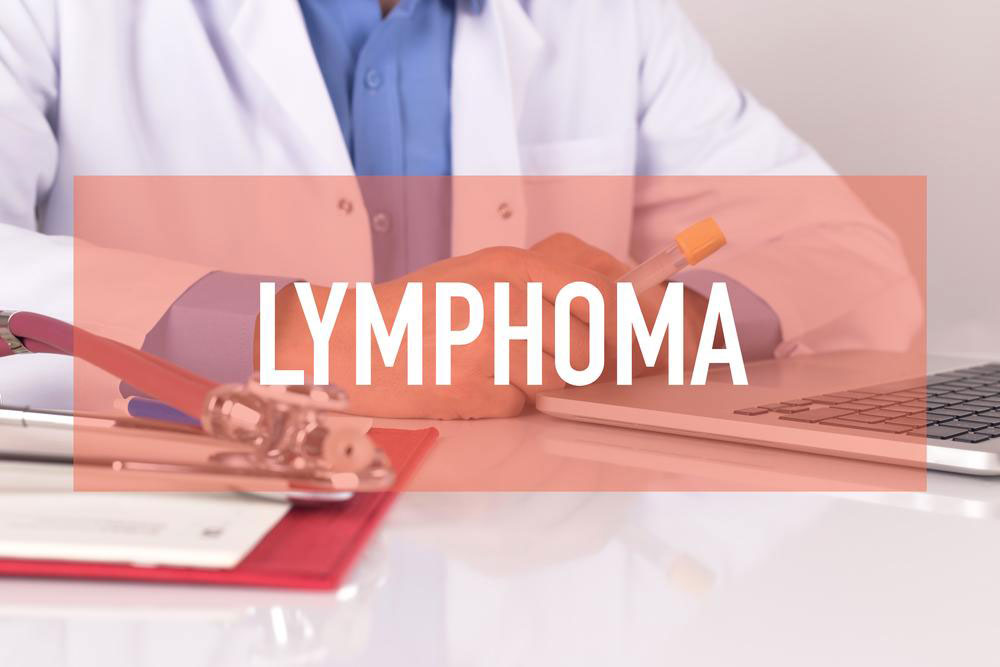Understanding Non-Hodgkin Lymphoma: Symptoms, Causes, and Treatment Options
Discover comprehensive information about Non-Hodgkin Lymphoma, including its symptoms, causes, risk factors, diagnosis, and treatment options. Early recognition and understanding of this lymphoma subtype can improve management and outcomes, highlighting the importance of medical consultation and testing.

Understanding Non-Hodgkin Lymphoma: Symptoms, Causes, and Treatment Options
Non-Hodgkin Lymphoma (NHL) is a type of cancer that originates in the lymphatic system, which plays a vital role in the body's immune defense. There are various subtypes of NHL, depending on the affected lymphocytes, such as B cells or T cells. This disease occurs when these white blood cells multiply uncontrollably, leading to tumor formation in lymph nodes and other parts of the body. Recognizing the symptoms and understanding the causes are essential for early diagnosis and management.
• Causes: The primary cause involves abnormal growth of lymphocytes, a type of white blood cell responsible for immune response. Genetic mutations and immune system suppression can contribute to this abnormal cell proliferation.
Non-Hodgkin Lymphoma typically develops from B cells or T cells. B cells produce antibodies to combat infections, while T cells directly attack pathogens. When these cells grow uncontrollably, they form malignant tumors that can spread throughout the body. It is important to differentiate NHL from Hodgkin lymphoma, which involves different cellular changes.
• Spread and Risk Factors:
The disease can extend beyond the lymphatic system to other organs and tissues, causing further health complications. Risk factors include immune suppression from medications, exposure to certain toxic chemicals, advanced age, and genetic predisposition. These factors can increase the likelihood of abnormal lymphocyte growth.
• Diagnosis: Once initial symptoms are observed, an oncologist will perform comprehensive tests. These include blood and urine analysis, biopsy of affected lymph nodes, and imaging procedures such as MRI or CT scans to confirm the diagnosis and determine disease extent. Accurate diagnosis is crucial for effective treatment planning.
• Treatment: Treatment strategies depend on the disease stage and cell involvement. Bone marrow analysis helps guide therapy choices. Common options include chemotherapy, radiation therapy, and stem cell transplantation. In some cases, doctors may delay treatment if the disease progresses slowly. Maintaining stem cell banks can be beneficial for future treatments.










